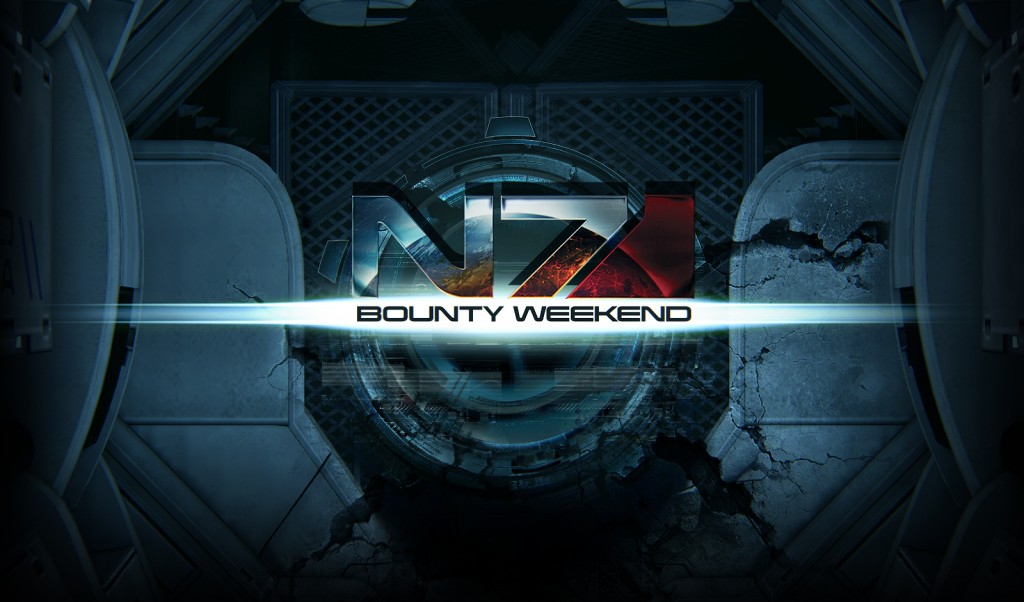
Operation BLOODLUST (Oct. 19th – 21st)
The krogan continue to be formidable allies. We will be lending the krogan army assistance in their next series of strikes against the Reapers.
Squad Goal: Earn one gold melee-medal fighting as a krogan on any map at any difficulty.
Squad Goal Success: All squad members awarded a Commendation Pack.
Need a refresher on the changes being made to multiplayer? Read this blog post from Nathan Plewes.
How about a tour of the new N7 HQ? We’ve got you covered here!